Raw materials and waste
The protection of natural resources
CELLULOSE FROM TREES
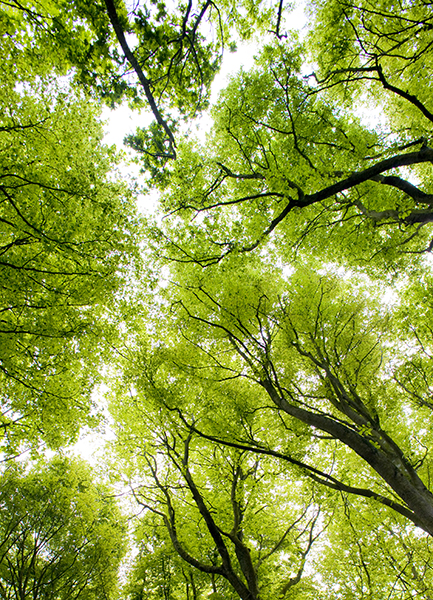
Forests are one of the most precious resources at our disposal: they provide oxygen and contribute to climate change mitigation by absorbing greenhouse gases; they are a source of livelihoods and sustenance for many indigenous populations; and they contain the majority of the Earth’s animal and plant biodiversity.
Deeply conscious of these facts, Favini has decided to contribute to the conservation of the planet’s green areas in line with its sustainability principles and ethics.
100% of the cellulose Favini uses in its papers is recognised by the FSC™ (Forestry Stewardship Council, certificate code FSC-C001810) as certified according to its Chain of Custody (COC) or Controlled Wood (CW) standards. Favini categorically refuses to use raw materials originating from illegally felled trees or from areas where workers’ civil and human rights are violated or where International Labour Organisation (ILO) principles are ignored.
The cellulose Favini uses originates from Europe and Latin America.
Favini offers a concrete example of how high-quality paper can be produced by adopting a responsible sourcing policy to protect the planets’ resources.
Alternative fibres
We are constantly searching for new fibres that can be used as alternatives to traditional tree cellulose in the production of our paper.
The Tree Free paper range is produced using renewable non-wood biomass, specifically fibres originating from annual plants such as bamboo and cotton.
Sparto is produced using fibres derived from sparto grass and bagasse, the by-product of sugar cane processing.
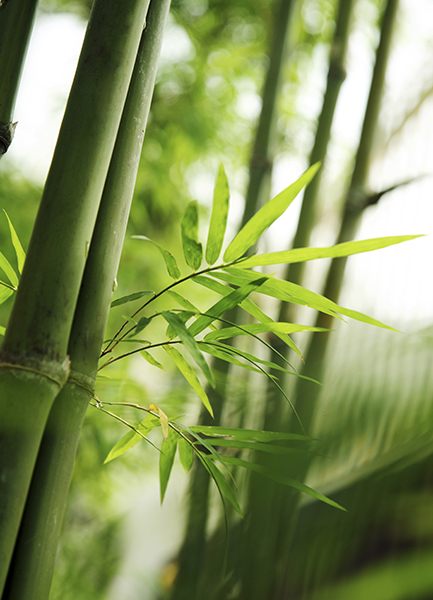
Bamboo is an abundant renewable natural resource. It is a fast-growing, spontaneous giant grass and being very hardy, it needs less pesticides and care than other plants. It is capable of growing more than one metre per day and it also captures a quantity of Co2 that is four times higher than in traditional young forests.
Linters are the short fibres of cotton found around the seed and which cannot be used in the production of clothing due to their reduced length: they are a pre-consumer waste for the textile industry, but a precious resource for other supply chains.
Esparto grass incorporates fibres obtained from the plant of the same name, while bagasse is the fibre obtained from sugar cane residue after juice extraction. Both of these resources boast rapid and sustainable growth: esparto grass thrives in arid areas without the need for irrigation, pesticides or fertilisers, contributing to a very low water and carbon footprint compared to traditional forestry. Similarly, bagasse makes use of an agricultural by-product that would otherwise be discarded, whilst offering long fibres that enable high technical performance with a lower environmental impact.
PRE AND POST-CONSUMER RECYCLING
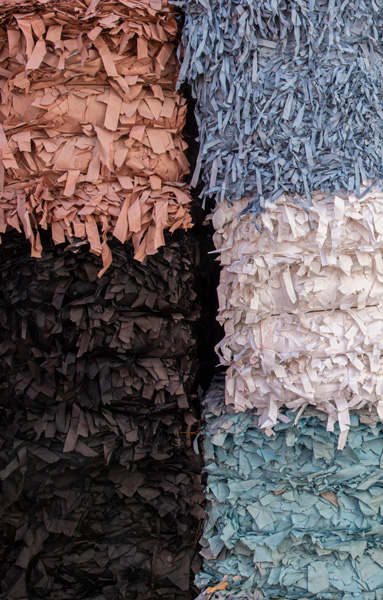
And there’s more. Further demonstrating its commitment to protecting the environment, Favini reuses pre-consumer waste, which is generated during its own or third-party manufacturing processes, and post-consumer fibres in its product lines.
On average, these materials make up 14% of all the cellulose Favini uses. Thus, the disposal of a reusable resource is avoided, decreasing reliance on virgin raw materials. The top recycled line is Shiro Echo, the FSC™ Recycled-certified eco-friendly paper made of 100% recycled fibres.
Broadly speaking, pre-consumer material is the waste generated during manufacturing process. Post-consumer waste, as the term itself suggests, is the waste created after the material use.
In relation to the paper industry, pre-consumer waste consists of paper cuttings and trimmings, such as part of a reel or non-compliant sheets. These leftovers are stored in a dedicated area and divided by colour shade and reused in the production of paper.
Post-consumer waste come from various levels of the supply chain: it can be waste trimmings from companies that process paper, for example printers, or further downstream it can come from home waste sorting. From these remnants, precious fibres are obtained which can be transformed into new paper.
UPCYCLED RAW MATERIAL
The attention towards alternative raw materials is also very high. Over the years, the commitment to the circular economy and upcycling has led the company to seek alternative solutions to use by-products as precious raw materials for the production of low environmental impact papers.
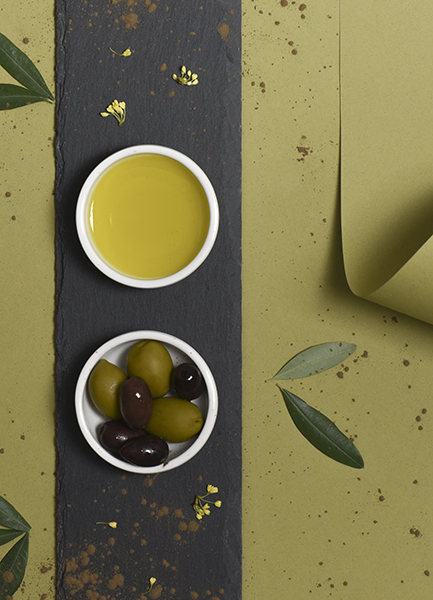
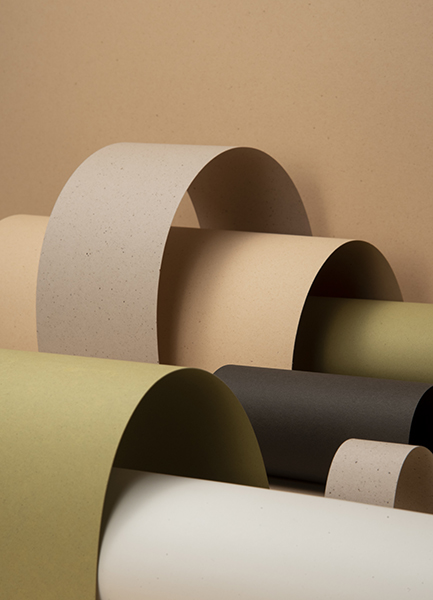
The first product created with the circular economy in mind was Alga Carta patented by Favini in the 1990s and made using the algae that took over the Venice Lagoon.
Then came Crush in 2012, a range of eco-friendly papers created from agro-industrial waste that decrease the need for cellulose from trees by up to 15%. In 2015, Remake was launched as a way to redeploy waste from the leather goods industry, which makes up 25% of the materials needed to produce this paper. Finally, the Refit range was launched in 2019 and reuses manufacturing residues from the wool and cotton industries, which make up 15% of its raw materials.
By upcycling we mean the transformation process that leads to the creation of new objects of greater value than the original material starting from old products, useless objects or waste materials. This is why we also speak of “creative reuse”.
By recycling, on the other hand, we mean a similar process, but which leads to the production of objects or materials of equal or lower value to the starting point.
Both concepts are linked to the principles of the circular economy, a production and consumption model in which waste becomes resources.
Industrial symbiosis is the process in which traditionally separate industries integrate their processes to promote competitive advantages through an exchange of material, energy, water and, in the case of Favini and its ecological papers, the by-products.
The interactions generated by the industrial symbiosis established by Favini between the paper and agro-industrial, leather and textile industrial sectors have allowed the creation of new products: the ecological papers of Alga Carta, Crush, Remake and Refit.
REDUCING HARMFUL SUBSTANCES
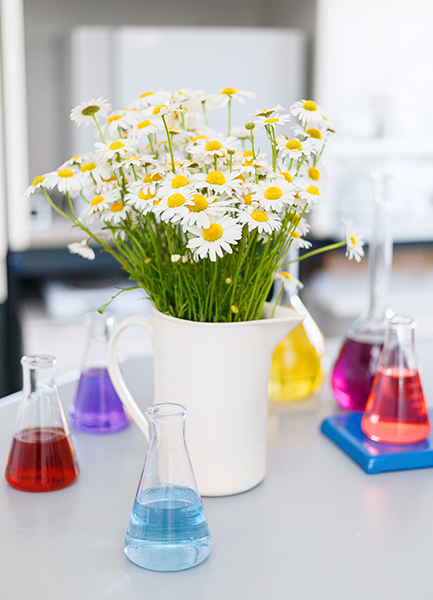
Out of respect for ecosystems and workers’ health, Favini has been consistently committed to reducing its use of chemicals and utilises chemical products in line with European regulations (Reach). Cellulose, for example, is purchased only if it has been bleached without the use of chlorine, a substance that can potentially generate dioxins. Furthermore, products that contain formaldehyde, classified as a probable carcinogen, and ammonia, which can cause severe groundwater pollution, have been eliminated from production processes. Finally, Favini’s black papers are carbon black-free.
WASTE REDUCTION
Regular and careful maintenance of Favini’s facilities means that very little waste products are generated that cannot be fully disposed. However, this type of waste – which includes oils, absorbent materials (such as rags) and sludge, which is classified as “dangerous” – has been immensely reduced in recent years.
In 2024, the amount of dangerous waste sent to landfill was cut by 81% compared to 2009, favouring circular recovery. Furthermore, recovered waste over annual production went up by 26%.
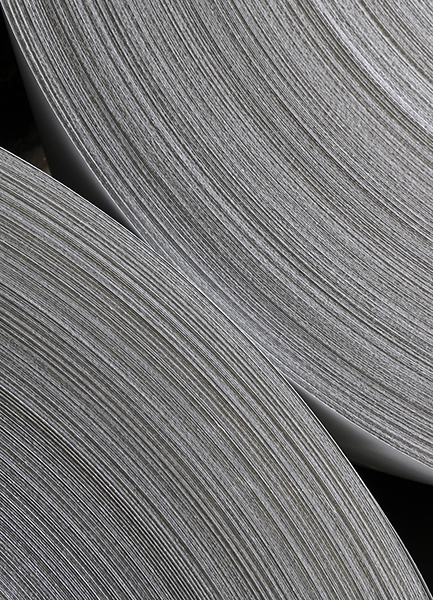
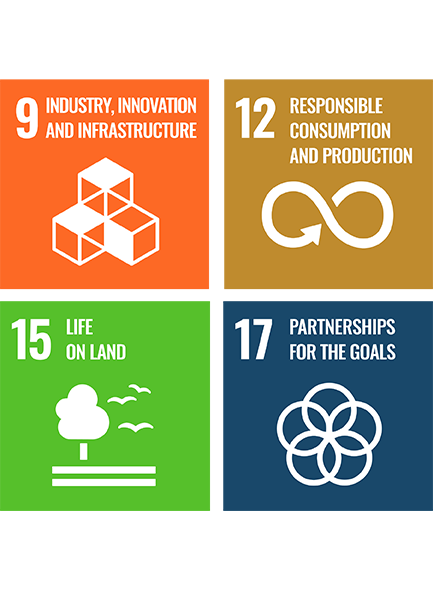
Our commitment in the selection of raw materials and waste management is in line with the Sustainable Development Goals by United Nations. In particular, our approach in this area respects the principles:
- 9 support for innovation;
- 12 promotion of sustainable models;
- 15 protection of the life on land;
- 17 foster partnerships with companies and organizations.
Explore our Sustainability areas to discover all the SDGs pursued by Favini.
COURAGE TO






